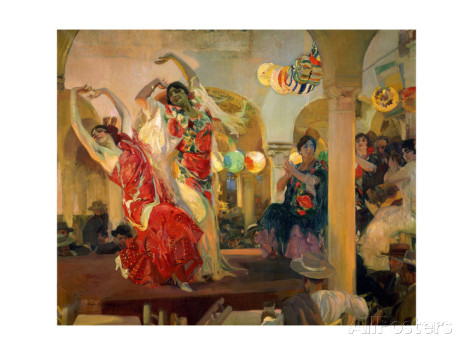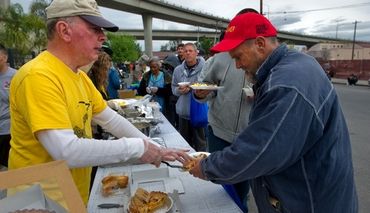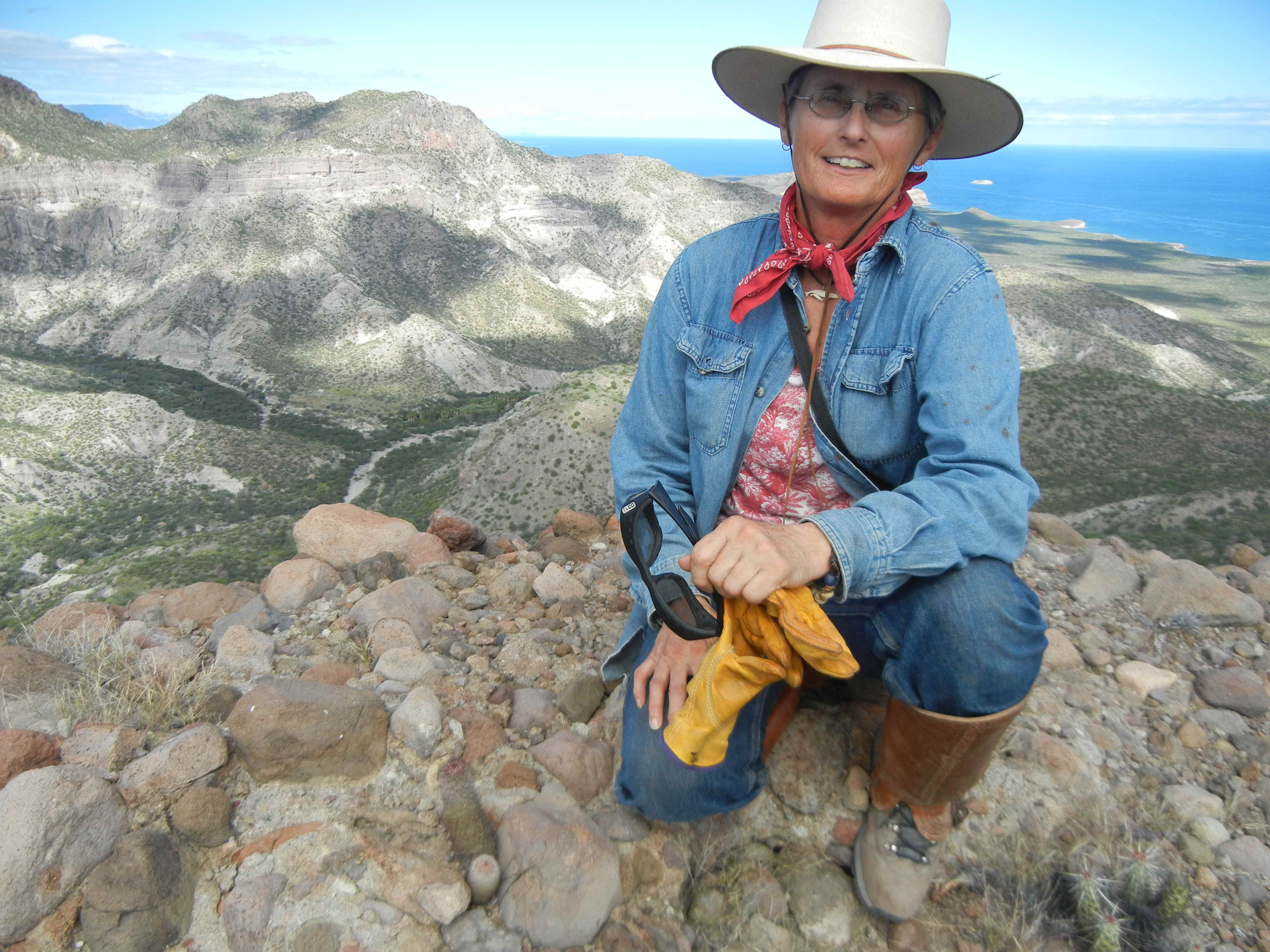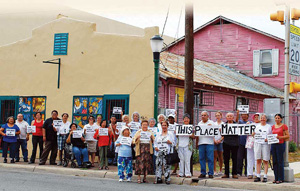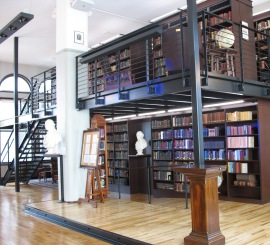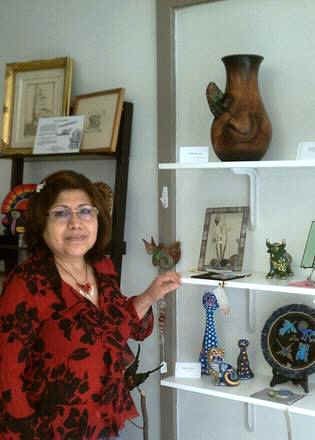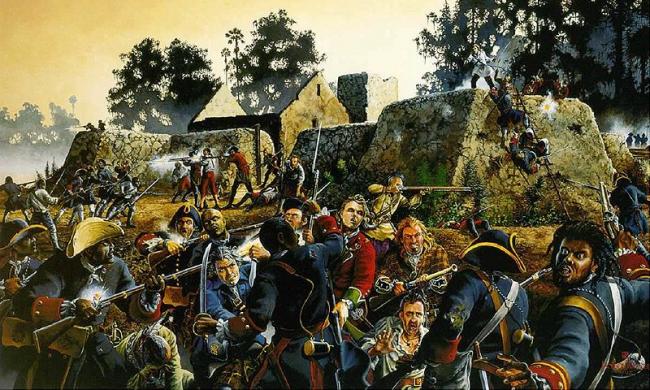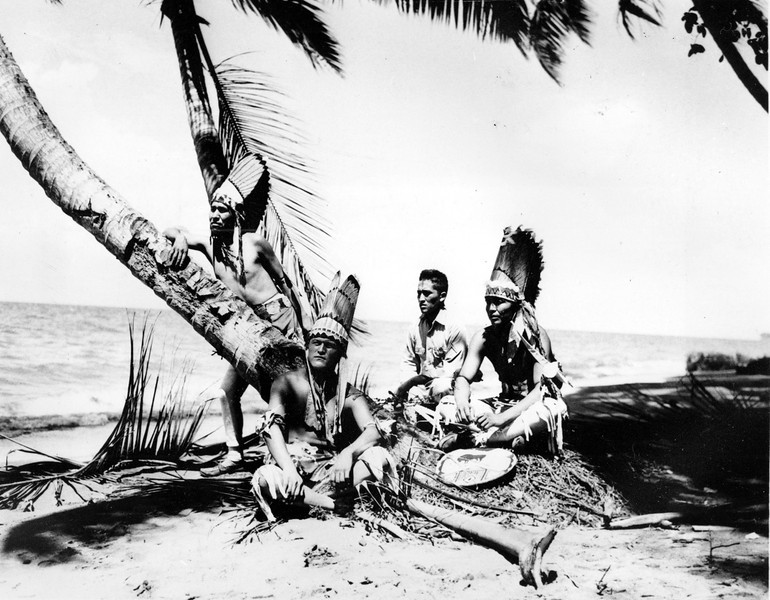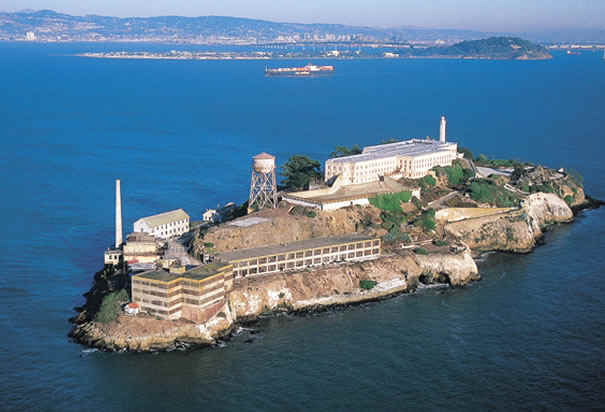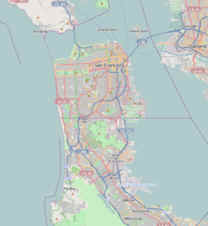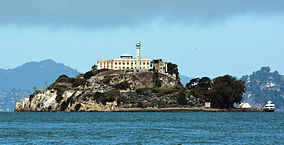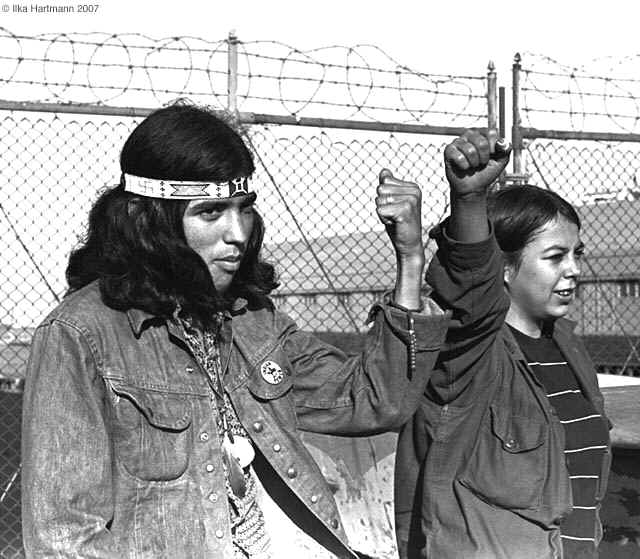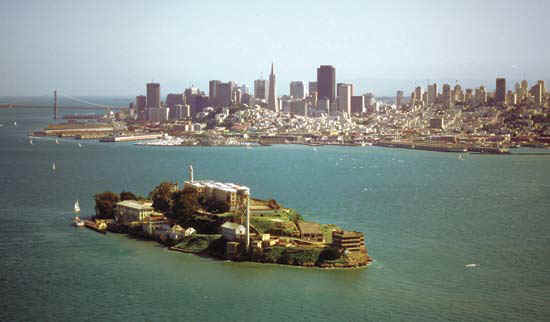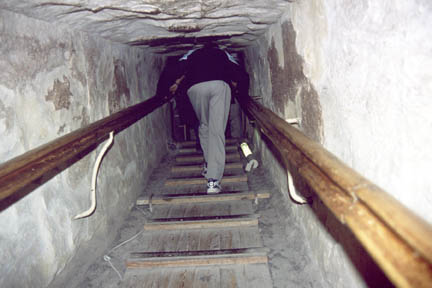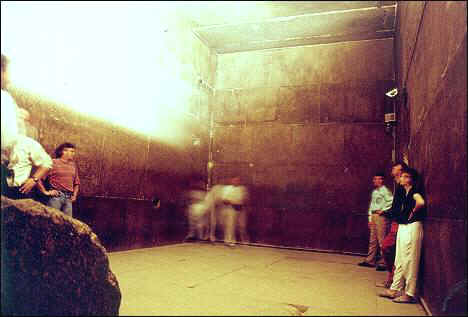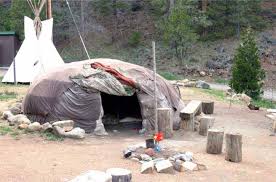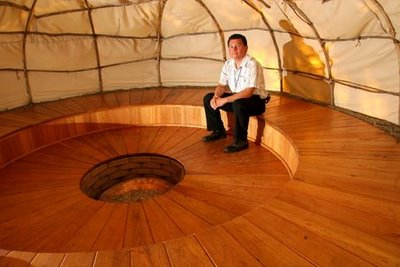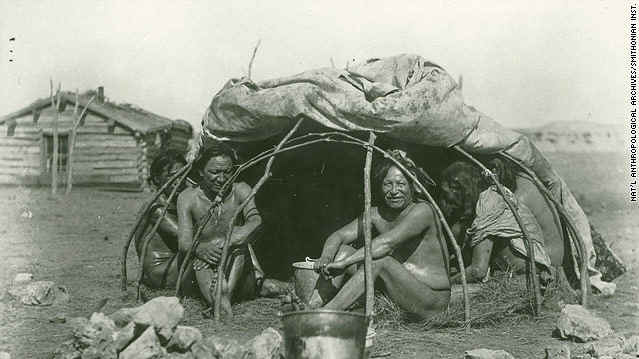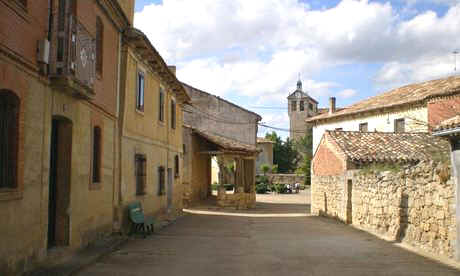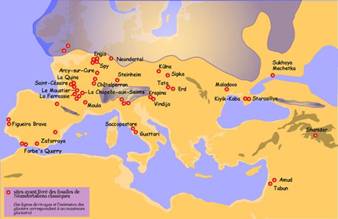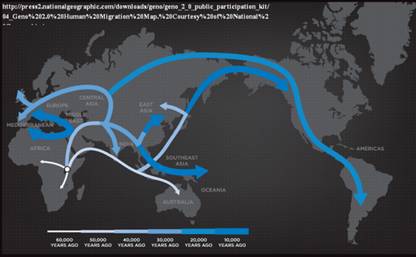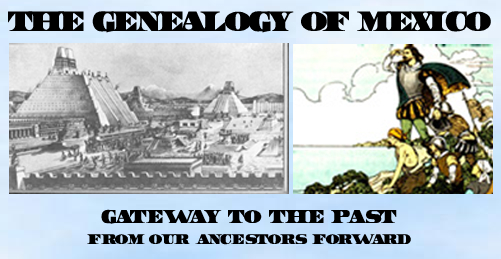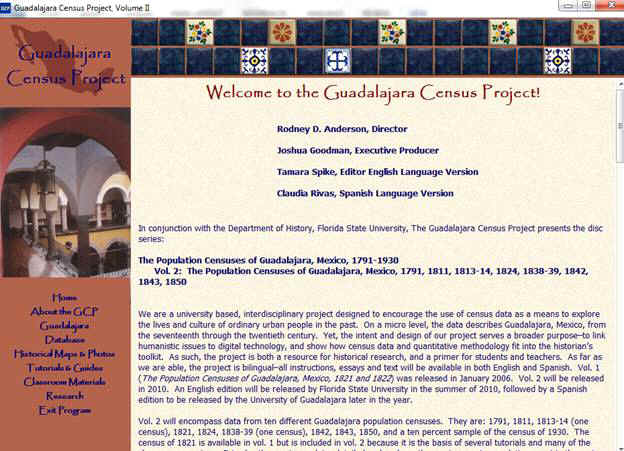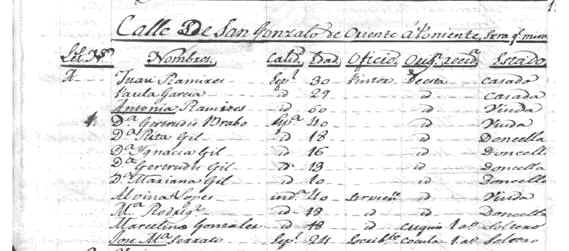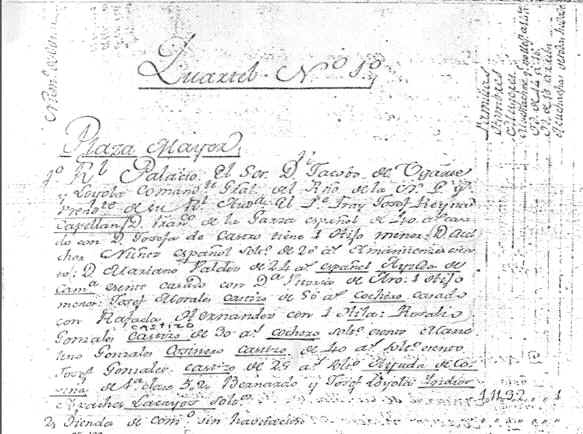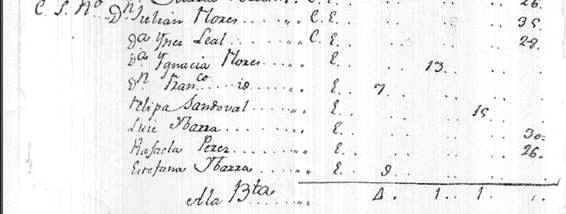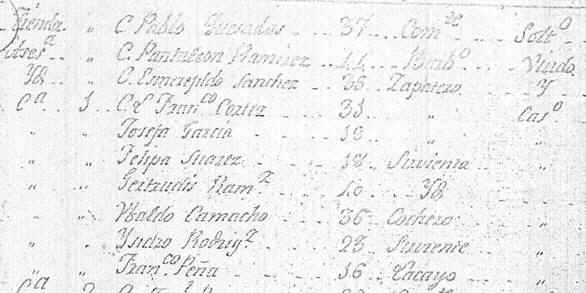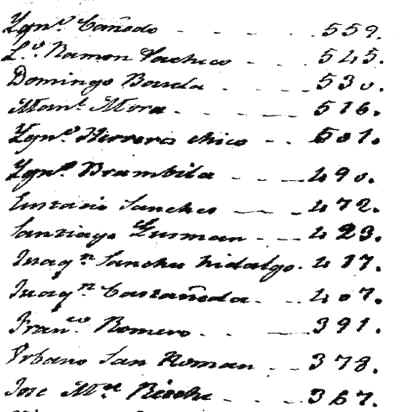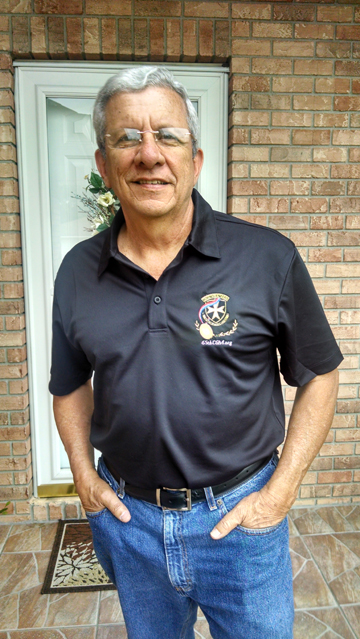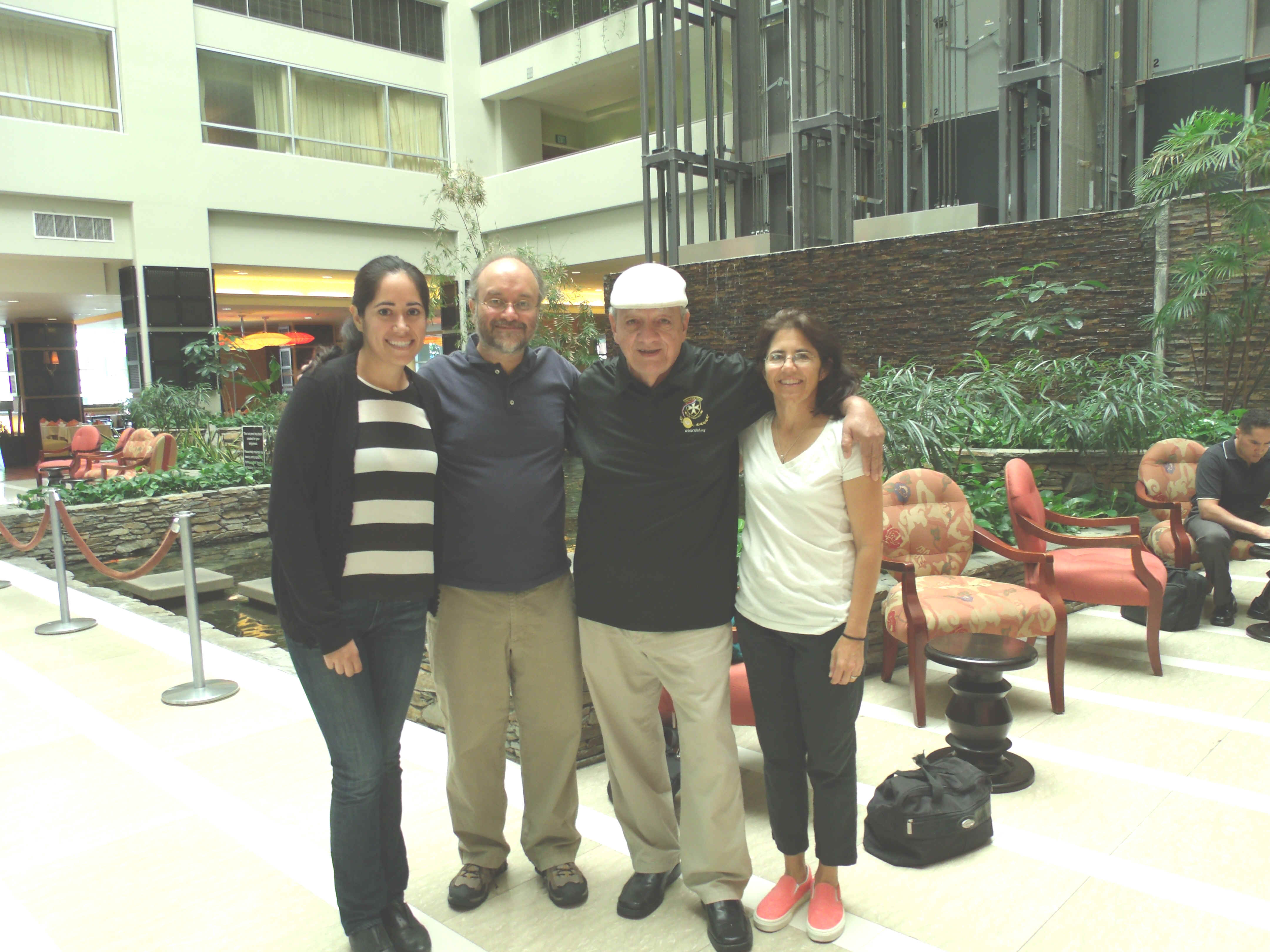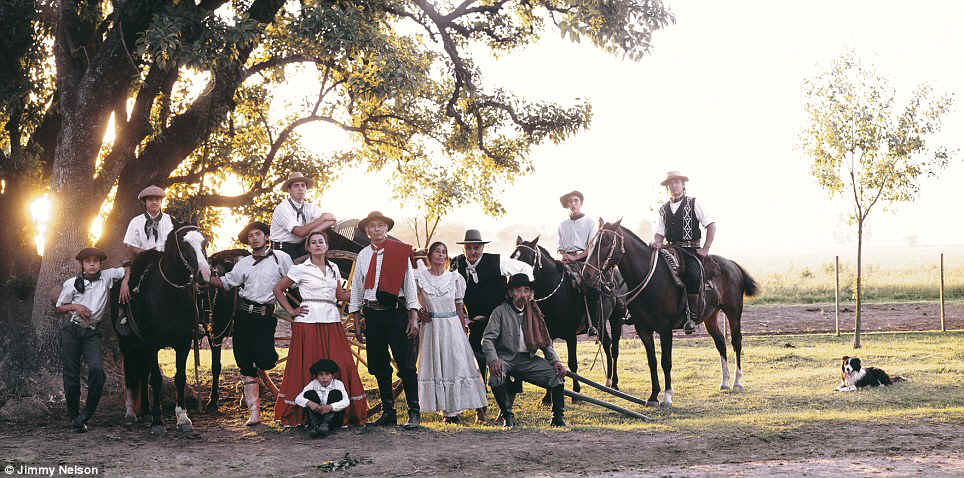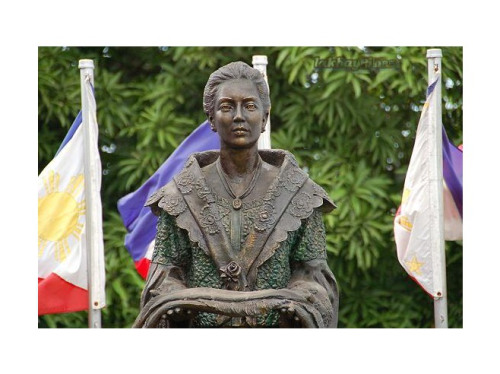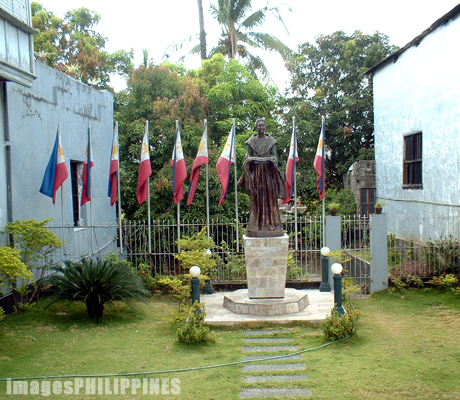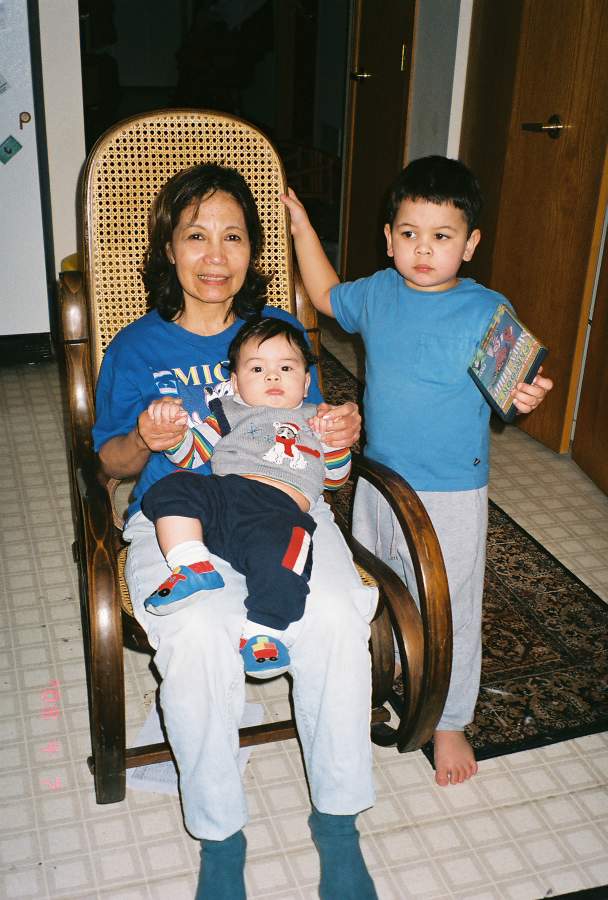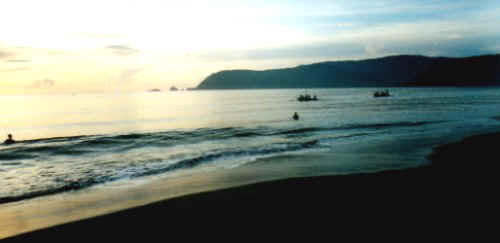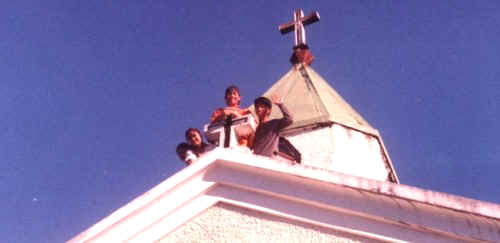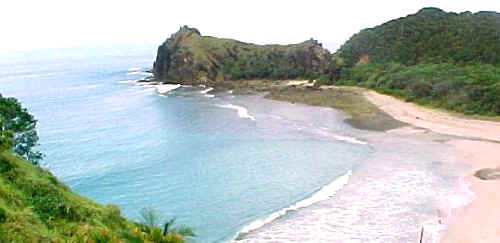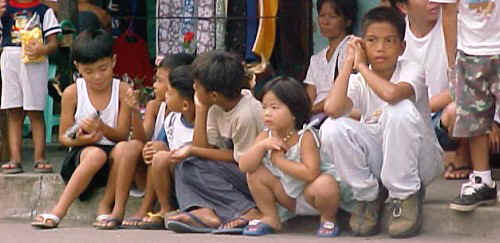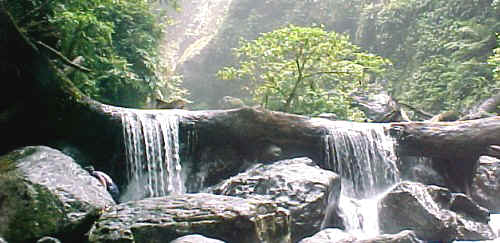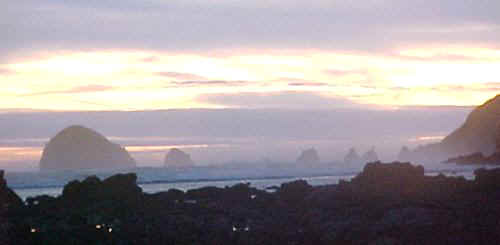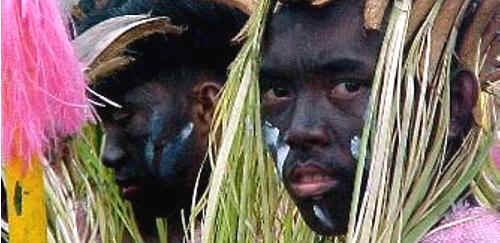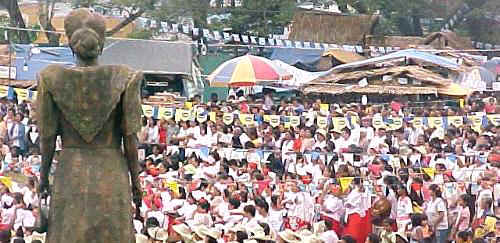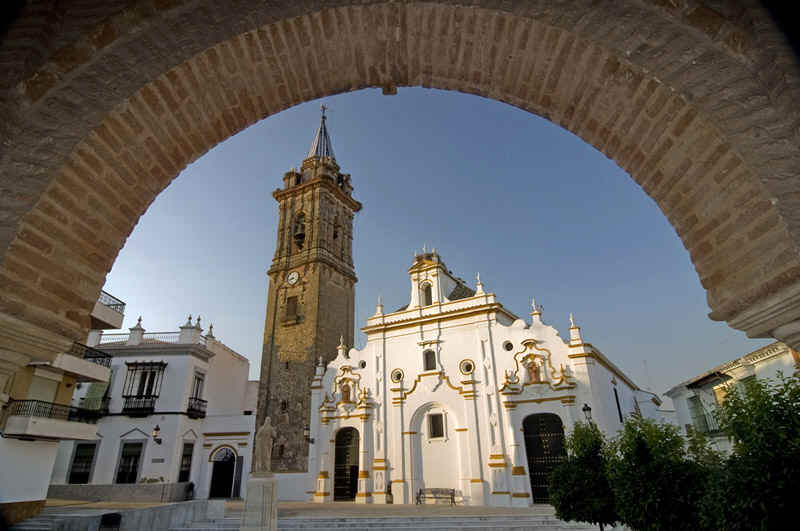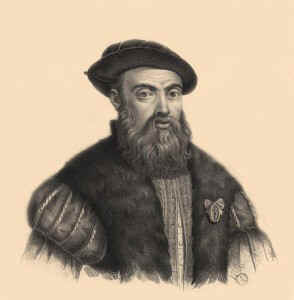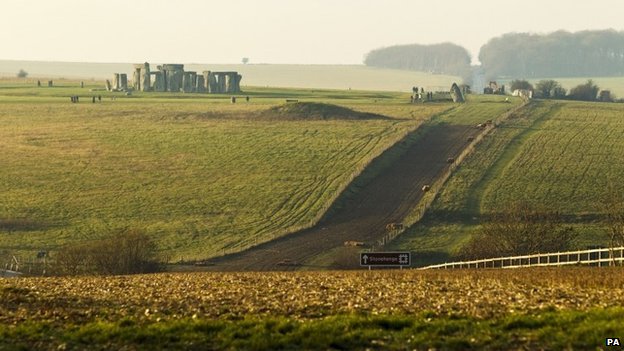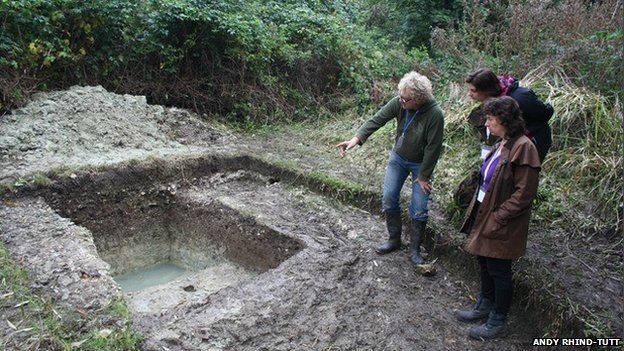|
Names
Connected with the Serna Family:
Abarca,
Abendano, Alvarez, Apodaca, Archuleta, Armijo, Baca, Betancur, Carvajal,
Casados, Chaves(z), Cordova, De la Cruz, De Vera, Duran, Gallego,
Garcia, Holguin, Hurtado, Jaramillo, Lopez, Lucero de Godoy, Lucero,
Lujan, Madrid, Mares, Martin, Martinez, Montoya, Nunez, Olivas, Ortega,
Ortiz, Pacheco, Perea, Perez, Roybal, Ruis(z), Salas, Salas(z)ar,
Sanchez, Silva, Tapia, Trujillo, Ulibarri, Valdes(z), Valero, Varela,
Vasquez, Vig(j)il, Villanueva, Ydalgo, Zamora
Spanish
Origins
The
“Sernas” are from northern Spain, from the regions around Burgos,
Santander, and Leon
1360:
Alvaro Gomez de la Serna is born about this year
Spain
was not yet united as a country
Because
the de la Sernas were so well-established in the 1300s, it is surmised
that they had been in the north of Spain for a
very long time, possibly since the 1st
century
and before
Origin
of the Name
Serna
is
of Celtic origin
It
comes from the Celtic word “sen
ara” for
cultivated land
It
can also mean “land suitable for sowing”
In
the Ukraine, Serna
is
a common name which means “wild goats”
Interesting coincidence:
Cimarron in New Mexico is Spanish for “wild goats.” Its high school
mascot is also a wild goat
Founding
of Villa de Santa Fe
Santa
Fe was established as a military garrison during the tenure of Oñate
prior to 1608
Viceroy
Fray Luis de Velasco recommended to Governor Pedro de Peralta in 1609
that the military camp of Santa Fe be given
the legal status of villa
The
founding of Santa Fe was accomplished by several people over a period of
time
No
record has been uncovered listing the names of the original settlers but
records from the 1620s confirm the names of 13
individuals representing eight households as
the founders
Founders
of Villa de Santa Fe
Pedro
Durán de Chávez (age 60 in 1626) and wife Isabel de Bohórquez (age 40
in 1626)
Francisco
Gómez (age 40 in 1626) and wife Ana Robledo
Juan
Griego (the elder) and wife Pascula Bernal (parents of Juan Griego b.
ca. 1604-1605)
Juan
López Olguin (age 64 in 1626) and wife Catalina de Villanueva (close to
age 50 in 1626)
Francisco
Madrid (b. ca. 1593) and wife María de la Vega Márquez (age 35 in
1631)—this couple may have been unmarried
when Santa Fe was founded
Hernán
Martín Serrano (the elder) (over age 70 in 1626)
Juan
Rodríguez Bellido (age 70 in 1626)
Alonso
Varela (age 60 in 1626) and wife Catalina Pérez de Bustillo
Fray
Cristóbal de Quirós, who came in the company of Pedro de Peralta
Pedro
de Peralta, governor of New Mexico from 1609-1614
Information
per José Antonio Esquibel
The Rosas Affair
In
1637, the Viceroy in Mexico City sent Luis de Rosas to New Mexico to
serve as royal governor
In
Santa Fe, the City Council members were not favorably impressed by the
new governor
The
Council included four elected regidores (councilmen) of which Diego de
la Serna was one
Rosas
governed with a heavy hand, enslaving the Indians, imprisoning the
clergy when they wouldn’t help him exploit the
Indians, enriching himself at the expense of
others
He
also carried on a 4 year affair with a married woman (María Perez de
Bustillo), wife of one of his supply wagon escort
soldiers (Nicolás Ortiz), while her husband
was away
Maria
was pregnant with Rosas’ child when her husband returned from duty
The
clergy mounted a protest against Rosas
Some
members of the Council sided with the clergy against Rosas
He
then replaced the council with members who would do his bidding and were
loyal to him
Eight
of those affected, including Nicolás Ortíz, the husband of the woman
used by Rosas, plotted together and killed him
Much
investigation went into the circumstances and many concluded that Rosas
was killed to restore the honor to the Ortíz
name that had been tarnished by the affair
The
families of Maria Perez de Bustillo may have felt that Rosas, an older
male and governor, had taken advantage of Maria
However,
ultimately, she was dishonored in the Santa Fe community
2
years after the murder, Alonso de Pacheco y Heredia was appointed new
governor
On
21 July 1643, he had eight of the co-conspirators beheaded. They
included:
Antonio
Baca (Captain and main ringleader), Francisco de Salazar, Cristóbal
Enríquez, Juan de Archuleta (son of Ascencio, an Oñate soldier), Diego
Márquez, Diego Martín Barba, Nicolás Pérez, and Juan Ruiz de Hinojos
(whose father was also an Oñate soldier)
Other
co-conspirators not executed:
Manuel
de Peralta, Luis Martin, Pedro Chavez, Diego de la Serna
Diego
de la Serna was appointed alcalde mayor, partly as a means of testing
his loyalty
Since
he responded promptly, it was regarded as proof of his allegiance to
Pacheco and he received full pardon for his role in
the Rosas Affair
Diego
and his wife, Lucia de Archuleta, daughter of Juan de Archuleta, one of
early Oñate settlers, were stationed in Santa Fe
The
Pueblo Revolt
In
1675, 47 Pueblo Indians were arrested and accused of practicing
witchcraft
Governor
Juan Francisco Trevino later released them after they were ransomed
because he didn’t have enough soldiers at Santa
Fe to guard them
One
of those released was an Indian named Popé, a Tewa Indian living in San
Juan Pueblo
Following
his release, Popé planned and orchestrated the revolt, involving more
than two dozen surrounding pueblos
Some
say the Indians revolted against the barbarism of the Spaniards and the
fact that the Indians were not allow to practice
their native religions
Others
say that famine and disease contributed to the disillusion of the
Indians for the Spanish
Felipe
de la Serna who had achieved the rank of Alferez (second lieutenant) was
assigned to the Presidio at Santa Fe
When
the revolt took place on 10 August, 1680, 21 Franciscans and 380
Spaniards, including men, women, and children were
killed
On
21 August, the remaining 3000 Spanish settlers, including Felipe de la
Serna, his wife Isabel Lujan, and his family, left for
Guadalupe del Paso
According
to the Governor’s muster roll call after the revolt, Felipe reported
as such:
“Alferez
Felipe De La Serna passed muster on foot with only a harquebus. He is
married, 39, with eight children, and is
extremely poor. He was robbed by the enemy and
barely escaped with his family.” Felipe then signed the statement.
The
Reconquest
In
July 1692, Diego de Vargas returned to Santa Fe and promised clemency
and protection to the Indians if they would swear
allegiance to Spain—most agreed
It
was somewhat of a bloodless re-conquest as the pueblos were not happy
with the rule of Popé and had lost the protection of
Spanish soldiers against marauding tribes
during the years the Spaniards were gone
When
the settlers returned, Felipe and his family were among them
His
son Cristóbal, age 19, and already an Alferez in the military, also
returned with his wife to be, Josefa de Madrid, daughter
of Captain Roque de Madrid
Santa
Cruz de la Cañada
Villa
Nueva de Santa Cruz de la Cañada was founded in April of 1695 by don
Diego de Vargas
It
is approximately 22 miles west of Santa Fe
It
was founded for some of the colonists who joined the Reconquest in
1692/93 from the interior of Mexico
Over
the next 130 years, some of these families went back to Mexico or moved
to other communities
Names
of First Settlers
Thomas de Herrera Sandoval Miguel Geronimo del Aguila
Jose Velasquez Juan de Medina
Andres de Cardenas Juan Cortes
Gabriel Anzures Diego Marquez Avala
Jose Cortes Tomas Palomino
Miguel Ladron de Guevara Antonio Rincon
Juan Ruiz Cordero Manuel de Cervantes
Juan Manuel Chirinos Jose Rodriguez
Jose Sanchez Antonio de Moya
Miguel de Quintana Tomas Giron de Tejeda
Nicolas Giron de Tejada Francisco de Betanzos
Miguel de la Vega Ignacio de Aragon
Juan Antonio Esquibel Juan Fernandez
Jose del Valle Antonio de Silva
Cristobal de Gongora Sebastian de Salas
Source: Blood
on the Boulders, Book 2, The Journals of Don Diego de Vargas, New
Mexico, 1694-97;
p. 644 edited by John L. Kessell, Rick Hendricks & Meredith Dodge
The
De La Serna Land Grant
This
was given by the Spanish government and was originally intended to be a
community land grant
Cristóbal
asked for the grant and it was given to him by Governor Jose Chacon
Villasenor on 8 April 1710
It
was converted from a community grant to an individual grant when it was
revalidated to Cristóbal in 1715
The
actual area was the lands along the Picuris Mountains to the east, to
the Taos Mountain to the north, and along the Arroyo
Hondo to the west and Ojo Caliente to the
south
There
were 22, 232 acres in all
The
Villasur Expedition
Cristóbal
de la Serna’s duties included the defense of the entire northern
border of the then Spanish empire
On
14 June 1720, Governor Valverde dispatched an expedition under the
leadership of Lieutenant Governor Pedro de Villasur
to go out to present day Nebraska near the
Platte River.
There
were 42 soldiers, three civilians, a priest and about 60 Pueblo Indians
who marched for 63 days to the confluence of the
Platte and Loup Rivers
They
were to assess whether the French, who were aligned with the Pawnee and
Oto Indians, were encroaching on Spanish
territory
At
age 47, Cristóbal was an experienced Captain with the military
expedition
Villasur
apparently wasn’t aware that some of the Pueblo Indians who had come
on the expedition were Apaches who were
enemies of the Pawnees
Cristóbal’s
Indian servant, Francois Sistaca, a Pawnee, was sent to tell the Indians
that the Spanish had come in peace
He
possibly made a secret agreement to deliver the Spanish into Indian
hands
In
the pre-dawn hours of 13 August 1720, the expedition was attacked by the
French and various Indian tribes, including
Pawnee and Oto
35
Spanish and 11 Indian allies were killed, among them Cristóbal and his
nephew, Bernardo Madrid. His brother-in-law
Matias Madrid escaped.
The
survivors made the 650 miles back to Santa Fe by September 6, in just 24
days
The
Survivors
Commander Alonso Rael de Aguilar Juan Antonio Barrios
Corporal Felipe Tamariz Antonio de Armenta
Antonio Valverde Cosio José de Santiesteban
Manuel Tenorio de Alba Melchoir Rodriguez
Matias Madrid Diego Tafoya
Joseph Mares Lieutenant Francisco Montes Vigil
Joachín Sánchez Diego Arias de Quiros
Jacinto Perea Antonio Gonzales
Ambrosio de Aragon Pedro Guillen
Santiago Giraville Juan de Ledesma
Nicolas Jiron 49 of 60 Pueblo Indians
The only extant written record
made during the expedition is a portion of a diary kept by Corporal
Felipe de Tamariz, which was found after the massacre and first printed
in 1921 in French
List
of Those Killed
The chaplain, Fray Juan Manguez Simon de Cordova
The commander, Don Pedro de Villasur Francisco Gonzales
Master of the camp, Tomas Olguin Francisco de Tapia
Captain Cristobal de la Serna Francisco Perea
Captain Miguel Tenorio Bernardo Madrid
Captain Pedro Lujan Pedro de Aguero
Lieutenant of the presidio Bernardo Casillas Domingo Romero
Corporal Jose Griego Luis Ortiz
Corporal Lorenzo Rodriguez Juan Gallegas
Manuel de Silva Ramon de Medina
Pedro Seguar Antonio de Herrera
Lorenzo Segura Domingo Trujillo
Juan de Archeveque, French interpreter Juan Rio de Rojas
Diego Velasquez Pedro Lugo
Ignacio de Aviles Jose Naranjo
Jose Fernandez Juan de Lira
Pedro de Mendizabal Eleven Indian allies
Joseph Domínguez de Mendoza
What Happened Next With the Sernas?
After
Cristóbal was killed, his sons Juan Esteban and Sebastian and
Cristóbal’s wife Josefa moved south to the Albuquerque
area
The
sons sold(?) the de la Serna land grant on 5 August 1724 to Diego Romero
according to Diego’s petition asking that the
grant be revalidated to him
Juan
Esteban married Maria Antonia Montoya in 1722 in Albuquerque and they
had 13 children
Sebastian
Serna married Rosa (last name unknown) in 1732 and they had 8 children
It
is at this time that the line of Sernas in New Mexico splits
Both
sons and their families are found living in Albuquerque in 1750
according to an Albuquerque census
However,
both families appear to be going back and forth from Albuquerque to the
north
Sebastian’s
line ends up in the Cimarron area and Juan Esteban’s line in the Chama
Abajo in Rio Arriba County
Baca
Family
Baca
is the most common surname in New Mexico
Most
New Mexico families have a Baca connection
The
progenitors of the Baca family in New Mexico were Cristóbal Baca (Vaca)
and his wife Ana Ortiz
They
arrived in 1600 with three grown daughters and a small son, Antonio
While
in New Mexico, they had another son, Alonzo (Alonso)
Antonio
was beheaded during the Rosas Affair
So,
it appears that all of the Baca families in New Mexico descend from the
line of Alonzo
In
1693, a Manuel Baca and his wife Maria de Salazar returned to New Mexico
with the Re-conquest
They
had at least 8 children and lived in Bernalillo on land previously owned
by Manuel’s father
Cabeza
de Baca Family
The
Cabeza de Baca family is an offshoot of the Baca family
The
progenitor of this family is Luis Maria Cabeza de Baca, born 26 Oct
1754, the oldest son of Juan Antonio Baca and Maria
Romero
He
had over 20 children by three different wives
He
and his family were the recipients of the first Las Vegas Land Grant, an
individual grant of about 500,000 acres
The
family left the grant after a few years, went to Pena Blanca, and the
same land was re-granted as a community grant in 1835
The
Cabeza de Baca family was compensated with 5 other grants (2 in New
Mexico, 2 in Arizona, and 1 in the San Luis Valley
in Colorado) totaling 500,000 acres
Las
Vegas Land Grants
• 1st
grant
was about 500,000 acres given in a private grant to Luís María Cabeza
de Baca and his sons and heirs in 1823
• Luís
María Cabeza de Baca at first settled there but evidently left the area
after several years due to continued Indian raids
• 2nd
grant
was approximately the same 500,000 acres and was awarded as a community
grant to 29 families in 1835
Names
of 29 Grantees of 2nd
Las
Vegas Grant (+ 7 others)
Juan Pedro Archuleta (Manuel) Juan José Martín
Arcenio Baca Juan Nepomuceno Martín
Juan José Baca Miguel Martín
José Guadalupe Baca Miguel Martín II
Tomás Baca Santiago Ortega
Símon Blea Teodocío Quintana
José Antonio Casaus Cruz Rendón
Foribio Crespin Miguel Rendón
Juan Crespin Rafael Rendón
José de Jesús Durán Antonio Romo
José Maria Durán Simón Romo
Manuel Durán Rafael Sarracino
Francisco López Eulogio Segura
José Lucero Felipe Tafoya
Juan de Dios Maese Antonio Ulibarrí
Antonio Martín Faustín Ulibarrí
José Martín José de Jesús Ulibarrí
José Maria Martín Pablo Ulibarrí
Source: Nuestra Historia - The
36 Original Grantees by Jesus Lopez Originally
Printed in the Las Vegas Optic http://www.elvalle.com/history/El_Valle_History/Part_6.html
Following
Frank’s Line of Sernas
Juan
Esteban’s 6th
child,
Juan Roque, was baptized at Santa Cruz de la Canada on 24 Jun 1734
Juan
Roque married Rosa Salazar on 12 Nov 1756 in Santa Clara and the family
was living in what was
called
Chama Abajo by this time
Juan
Roque and Rosa had 7 children, their 2nd
child
was Atanacio who was born in 1760 in Rio Arriba County
Atanacio
married Maria Manuela Archuleta on 30 Sep 1787 and they had six
children, one of whom was Jose Ramon
Jose
Ramon and his wife, Dolores Martin, married about 1842, had six sons,
one of whom was Jose Seferino
Jose
Seferino married Maria Barbara Salazar on 24 Feb 1872
The
Sernas in Rio Arriba County: Back to the Land
The
Sernas became sheep and cattle ranchers
Seferino
and his brothers, Francisco Antonio, Juan de Dios, Tomás, and Donaciano
farmed and ranched plots near each other
By
1905, Seferino had over 500 head of sheep as well as several head of
cattle
Each
summer, they would take the sheep up into El Valle Grande to let them
graze and grow
One
of the sheepherders who worked for Seferino’s sons was Doñ Julían
Torres who used to tell many stories
Seferino
and Barbara had 7 sons and 3 daughters
The
Story Continues
Seferino
and his wife, Barbara Salazar, twice sold land to the Denver and Rio
Grande Railroad for right of way
In
1881, they got $196 and in 1882, they got $105
His
brothers and the neighbors were also required to sell land for right of
way
For
years, settlers in the Abiquiú Chama area had been using the
quasi-common lands in the Piedra Lumbre Grant for grazing
of animals
In
1899, Seferino conveyed his shares in the Piedra Lumbre Land Grant to
the Chama Improvement Company via warranty
deed. Compensation was $1.00
Seferino
shared his land with and, in 1906, sold parts of it to his son, Amarante,
for 200 pesos (dollars)
What
of Seferino’s Sons?
Seferino
had 3 sons who lived to adulthood
Amarante
and Fidel worked the land alongside their father
Vencenslao,
who was born in 1892, graduated from St. Michael’s in 1912
Graduating
with Vencenslao in 1912 were Benjamin Sisneros, Fernando Armijo, and
Felix Gomez
Lucero
Capt.
Pedro Lucero de Godoy (Godoi) is believed to be the progenitor of the
Lucero’s in New Mexico
He
was baptized on 26 Jul 1599 in Mexico City
His
parents were Juan López de Godoy and Inés Lucero
By
1625, he was residing in Santa Fe married to Petronila de Zamora (b.ca.
1598), daughter of Bartolomé de Montoya, a
Spaniard, and María de Zamora, an india
mexicana
In
the early 1640s, Pedro negotiated a strategic matrimonial alliance
between his family and that of the Gómez
Robledo-Romero clan
3
couples got married on 8 Apr 1641 in what is today the Palace of the
Governor
Pedro
Lucero de Godoy married 2nd
with
Doña Francisca Gómez Robledo
His
son, Juan married Luisa Romero, daughter of Matías Romero and Isabel de
Pedraza and 1st
cousin
of Francisca Gómez
Robledo
Diego
Pérez Romero, another 1st
cousin
of Doña Francisca, married Pedro’s daughter, Doña Catalina de Zamora
In
this way, Lucero de Godoy family became one of the most prosperous
and prominent families in 17th
century
New Mexico
Information per José Antonio
Esquibel
Los
Luceros
Originally
part of Martin Serrano land grant in 1703
Began
as a four-room building erected by Martin in 1712
Census
of 1750 lists Sebastian Martin, Maria Lujan, 10 children, and 21
servants
By
1763, had expanded to a 24-room compound
In
the 1840s, the Mexican government formally established the village of
Los Luceros halfway between Santa Fe and Taos,
near the village of Alcalde
Maria
Marta Lucero and Elias Clark later expanded the adobe home
Mary
Cabot Wheelright bought the property in 1923, restored it and lived in
it until her death in 1958
Her
relatives purchased the property in 1999
In
2007, the New Mexico Legislature purchased the property
Los
Luceros Today
Los Luceros is listed on the National Register of Historic Places and is
open by appointment only today.
To schedule an appointment, contact Rudy Acosta at rudy.acosta@state.nm.us
or
505-476-1130
The
Story Continues
Amarante’s
land was divided at his death in 1952 between his six children, Leopoldo,
Jacobo, Pilar, Pedro, Jose, and
Benjamin
Amarante
registered for the draft in 1918 during WWI but didn’t serve because
of family obligations, having 5 children by then
From
1919 to 1922, Amarante’s two oldest sons, Leopoldo and Jacobo attended
St. Michael’s but were forced to withdraw in
order to help their father save the farm/ranch
Jake
and Juliet Serna and Family
On
23 Apr 1932 at St. John the Baptist Church in San Juan, Amarante’s son
Jacobo marries Julieta Baca, daughter of Manuel
Baca and Amalia Lopez
Julieta
had been raised by Amalia’s sister Rose and her husband, Frank Baca
(relation to Manuel undetermined at this time)
Jacobo,
called Jake, and Julieta, called Juliet, have nine children, one of whom
dies at the age of one month
The
family: Frank, Juliet holding Richard, Jake, Theresa, Manuel, Don, Clara
holding Jackie, Rudy
Windows
at St. John the Baptist Church in San Juan, contributed
by families:
Amarante Serna y Esposa Fidel Serna y Esposa
Gregorio Casados y Esposa Jose Maria Lopez y Esposa
Juan Lopez y Esposa Elias Lucero y Esposa
Jose S. Lucero y Esposa David Martinez y Esposa
Luis S. Ortiz y Esposa finada Nemesio Sisneros y Esposa
Hijas
de Maria
A New Generation Gets Further from the Land
Jake
opens and runs a gas station in Hernandez
His
mother-in-law Rose owns the store next door
Jake
was a hard worker willing to do anything to support his family,
including:
Farming/ranching
Working
with the CCC during Depression
Working
with State Highway Department, driving trucks
Working
for Ford Motor Company as a mechanic
Driving
the school bus to Abiquiu and back every day
Owning
and operating a gas station
Delivering
gasoline for Chevron in the 1950s
Jake’s
Oldest Son Frank
Within
5 days after graduating St. Mike’s, Frank was off to join the Air
Force with 5 of his friends: Wilfred Salazar, Jake
Martinez, Patrick Ortiz, Frank Vigil, and
Robert Trujillo
Frank
spent three of his four years while in the Air Force in Germany
After
receiving an honorable discharge in 1959, he took a job in oil
exploration
In
this position, he was assigned to a crew in California
After
working one year, he took an educational leave to attend college
In
1965, Frank graduated from Northrop Institute of Technology in
California with a Bachelor’s Degree in
Electrical
Engineering
While
in college, he had started employment with Rockwell and continued there
after graduation
One
of his assignments was to work on the Apollo program
After
leaving Rockwell, he had other jobs before hiring on at Northrop and
retiring from there
21
years later
During
this time, Frank married Shirley Carlos and they had two sons, Francisco
(called Kiko) and Andreas. He later married
Linda Grelck
Frank
has three grandchildren from his son Kiko and Kiko’s wife Marie, two
girls, Maizy and Avery, and one boy, Tanin
However,
Frank never forgets his New Mexico roots—he still has family there and
we return about 2-3 times a year for a visit
Serna
Recap
The
Sernas, just like your family, have a long and interesting history
For
many of you, this history began in Spain, continued to Mexico and then
to New Mexico and, in some cases, is now diffused
throughout the world
All
our families interacted with and impacted their times
Frank’s
generation has had mostly girls but we still expect the family to be
around for years to come
Testament
to All Our Ancestors
Now I will praise those godly men and women, our ancestors, each in
their own time,
Of others there is no memory, for when they ceased, they ceased.
But these were godly men and women whose virtues have not been
forgotten;
Their wealth remains in their families, their heritage with their
descendants;
Through God’s covenant with them their family endures, their
posterity, for their sake,
And for all time their progeny will endure, their glory will never be
blotted out.
Their bodies are peacefully laid away, but their name lives on and on.
At gatherings their wisdom is retold, and the assembly proclaims their
praise.
Sirach 44:1, 9-15
Let’s Celebrate Our Roots!
|
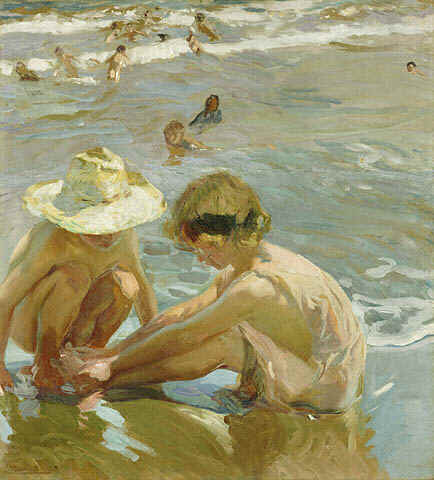


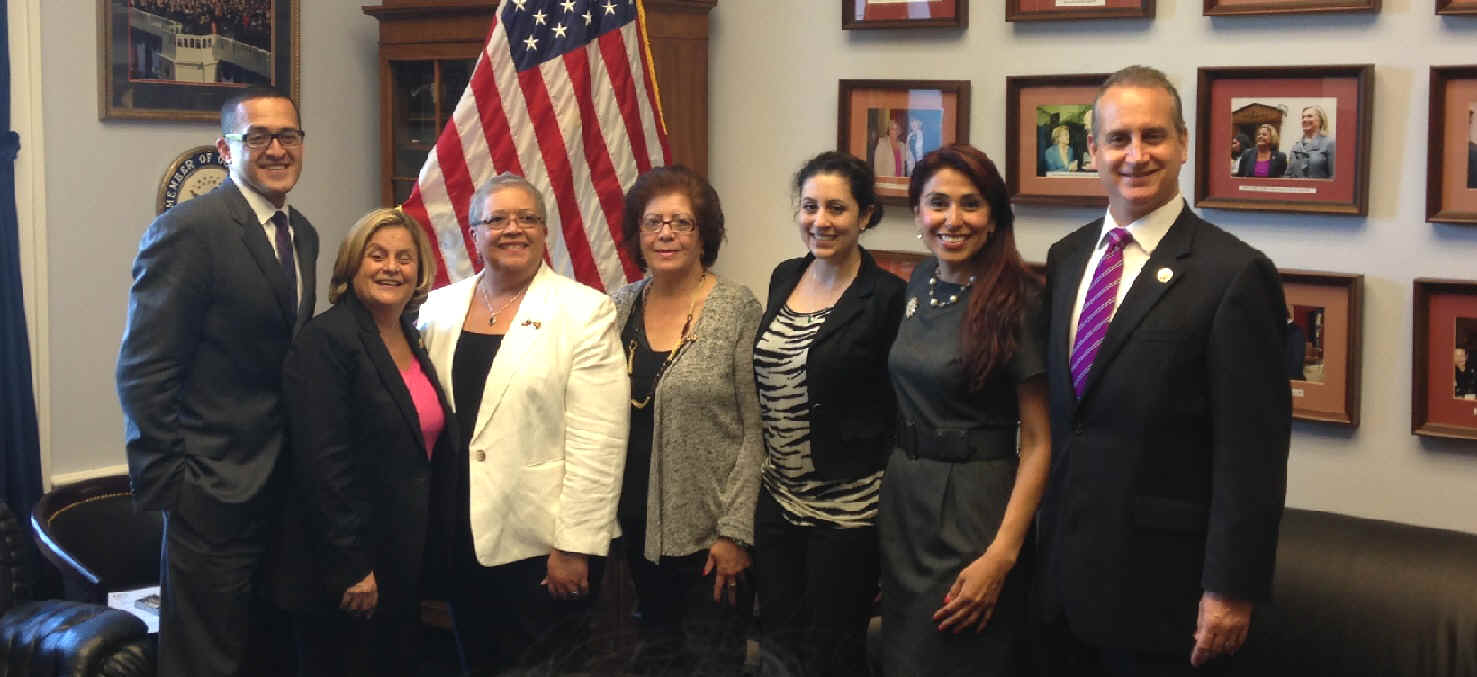


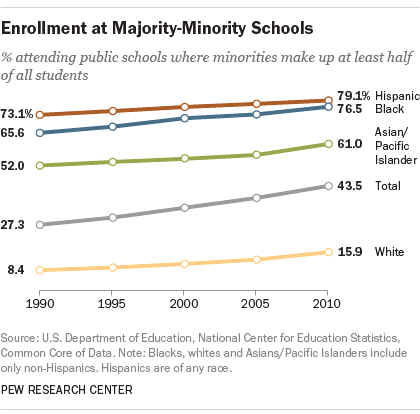

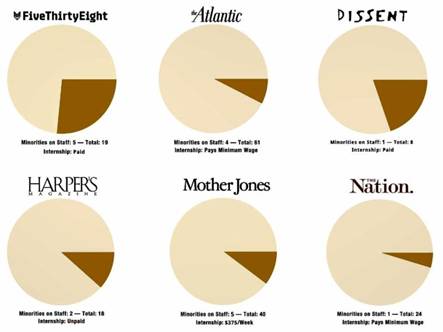
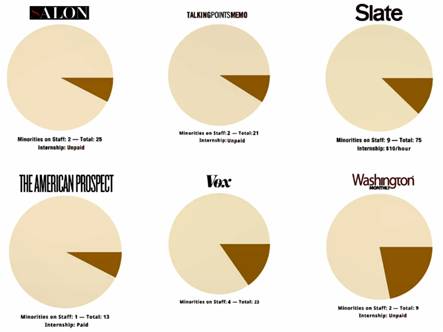
![[graphic] Photo montage behind map of the United States, showing location of Civil Rights sites [graphic] Photo montage behind map of the United States, showing location of Civil Rights sites](civilrightsmap1.gif)
![[graphic] Photo montage behind map of the United States, showing location of Civil Rights sites [graphic] Photo montage behind map of the United States, showing location of Civil Rights sites](civilrightsmap2.gif)
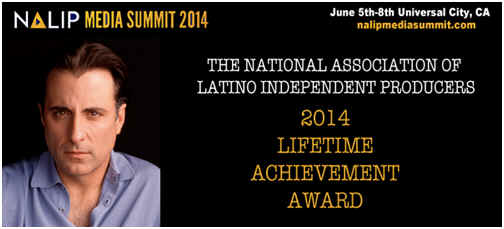
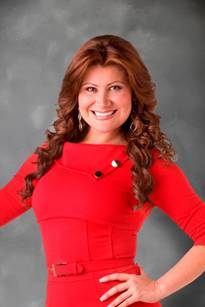
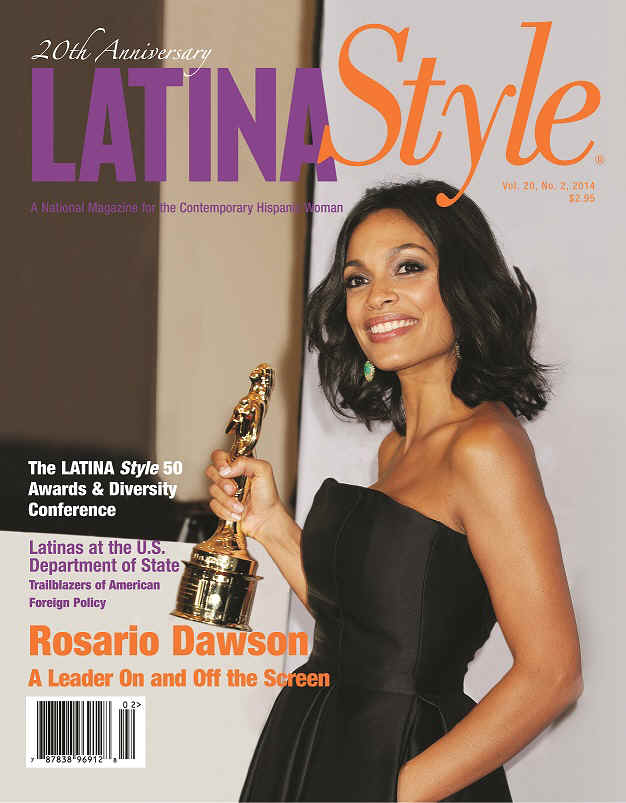
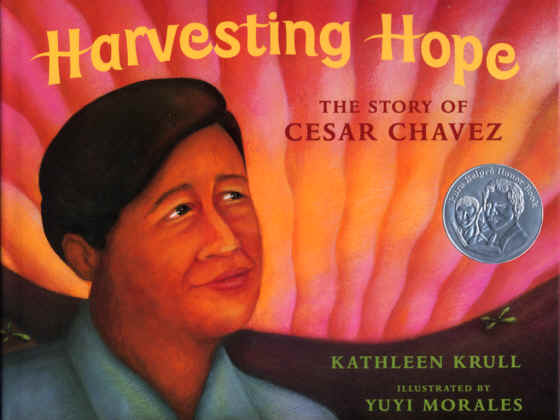

 Some people have been a bit offended that the actor, Lee Marvin, is buried in a grave alongside 3 and 4-star generals at Arlington National Cemetery.
Some people have been a bit offended that the actor, Lee Marvin, is buried in a grave alongside 3 and 4-star generals at Arlington National Cemetery. 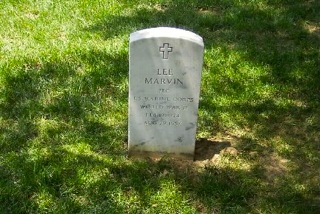 In a time when many Hollywood stars served their country in the armed forces often in rear echelon posts where they were carefully protected, only to be trotted out to perform for the cameras in war bond promotions,
In a time when many Hollywood stars served their country in the armed forces often in rear echelon posts where they were carefully protected, only to be trotted out to perform for the cameras in war bond promotions, 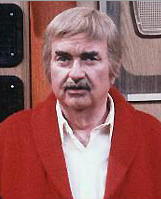
 On another note, there was this wimpy little man on PBS, (who has also passed away) , gentle and quiet. Mr. Rogers is another of those you would least suspect of being anything but what he now portrays to our youth.
But Mr. Rogers was a U.S. Navy Seal, combat-proven in Vietnam with over twenty-five confirmed kills to his name. He wore a long-sleeved sweater on TV, to cover the many tattoos on his forearm and biceps. He was a master in small arms and hand-to-hand combat, able to disarm or kill in a heartbeat.
On another note, there was this wimpy little man on PBS, (who has also passed away) , gentle and quiet. Mr. Rogers is another of those you would least suspect of being anything but what he now portrays to our youth.
But Mr. Rogers was a U.S. Navy Seal, combat-proven in Vietnam with over twenty-five confirmed kills to his name. He wore a long-sleeved sweater on TV, to cover the many tattoos on his forearm and biceps. He was a master in small arms and hand-to-hand combat, able to disarm or kill in a heartbeat. 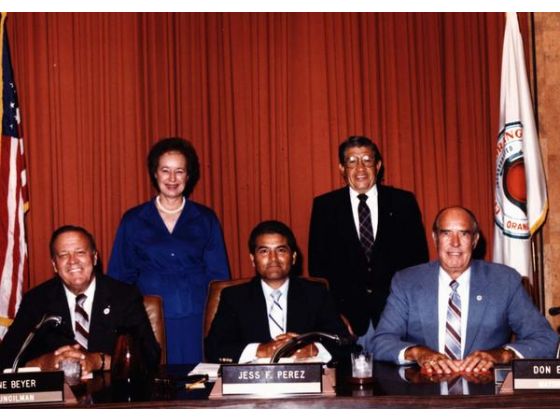

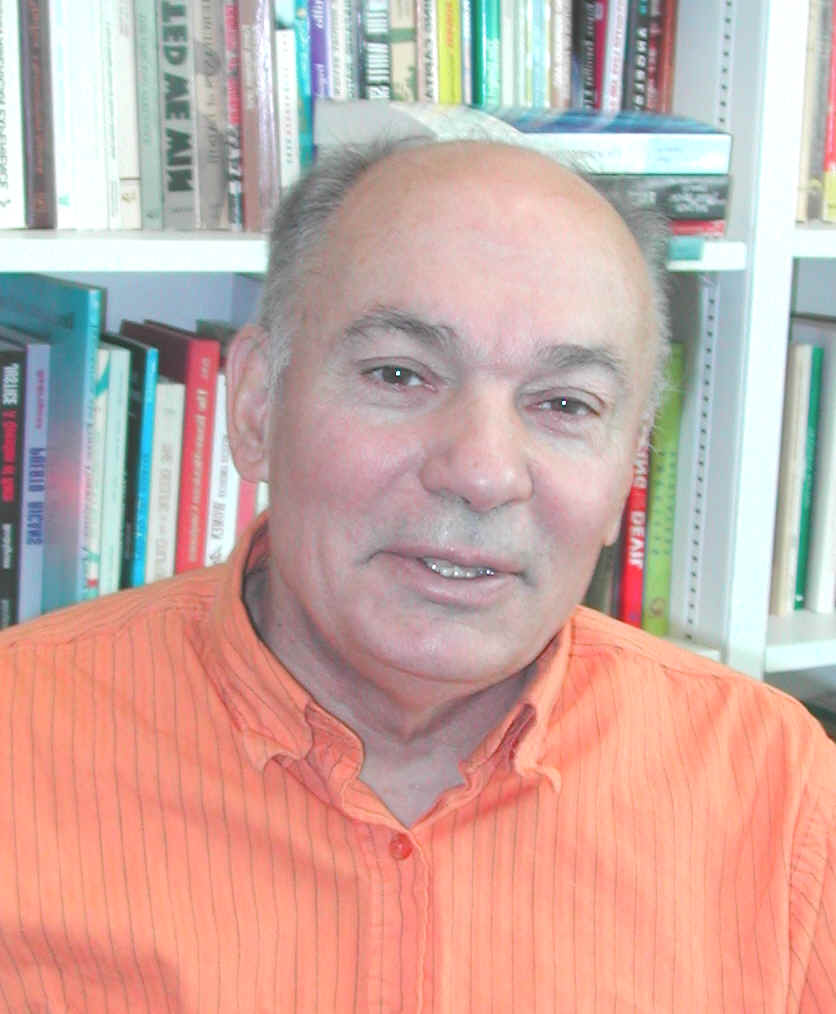
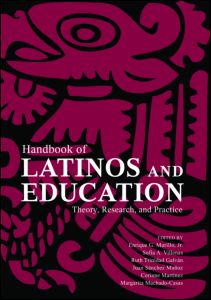

 However, in
another part of the world, Apartheid-era South Africa, he was a God, he
was bigger than Dylan, bigger than Johnny Cash, and bigger than Elvis,
yet, no one there had any information on him. It wouldn't be until the
late '90s, thanks to the internet boom when two South African fans
discovered who he was and that he still played, but were surprised to
learn he was unknown in America. Rodriguez's story is as touching as it
is heartbreaking, and it is unbelievable and thanks to technology and
eager South African's who documented their tracking of searching for
Rodriguez in Searching For Sugar Man, his career, in the twilight of his
life is bigger than ever. "So, I want to share with you all that I
received the French Legion of
However, in
another part of the world, Apartheid-era South Africa, he was a God, he
was bigger than Dylan, bigger than Johnny Cash, and bigger than Elvis,
yet, no one there had any information on him. It wouldn't be until the
late '90s, thanks to the internet boom when two South African fans
discovered who he was and that he still played, but were surprised to
learn he was unknown in America. Rodriguez's story is as touching as it
is heartbreaking, and it is unbelievable and thanks to technology and
eager South African's who documented their tracking of searching for
Rodriguez in Searching For Sugar Man, his career, in the twilight of his
life is bigger than ever. "So, I want to share with you all that I
received the French Legion of 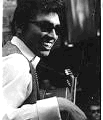 With that
statement, it summed up Rodriguez as a man perfectly. He is a humble,
modest, talented person who doesn't take anything for granted. In a
world filled with celebrity driven ego, it is refreshing to hear
sentiments like that. It is a tip many of today's "stars"
should take note on.
With that
statement, it summed up Rodriguez as a man perfectly. He is a humble,
modest, talented person who doesn't take anything for granted. In a
world filled with celebrity driven ego, it is refreshing to hear
sentiments like that. It is a tip many of today's "stars"
should take note on. 

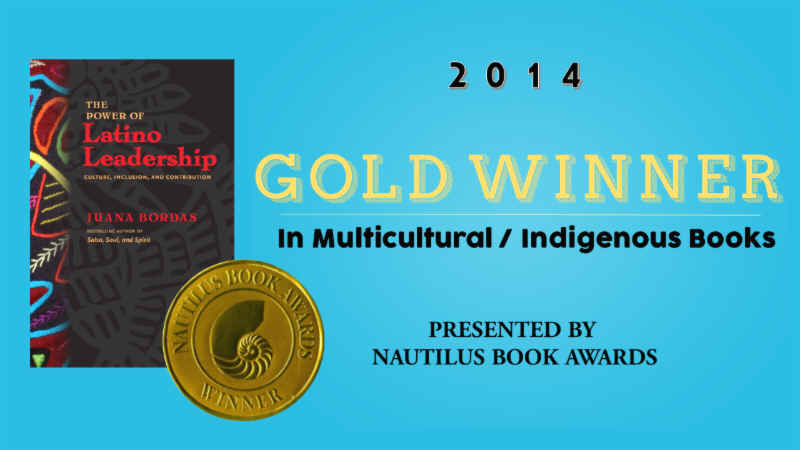
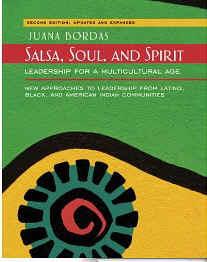

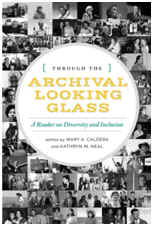 The impulse to create archives is rooted in the very human
need to leave one's mark on the world. Whether through letters, diaries,
reports, photographs, films, or a teenager's simple need to scrawl "I was
here" on a subway wall, there's a deep desire in individuals to tell their
stories, to be seen--literally and figuratively--in archives. With this desire
also comes the need to ensure that archives are as diverse as the world we live
in and to preserve the individuals and cultures that have been consciously or
unconsciously underserved in the archives.
The impulse to create archives is rooted in the very human
need to leave one's mark on the world. Whether through letters, diaries,
reports, photographs, films, or a teenager's simple need to scrawl "I was
here" on a subway wall, there's a deep desire in individuals to tell their
stories, to be seen--literally and figuratively--in archives. With this desire
also comes the need to ensure that archives are as diverse as the world we live
in and to preserve the individuals and cultures that have been consciously or
unconsciously underserved in the archives.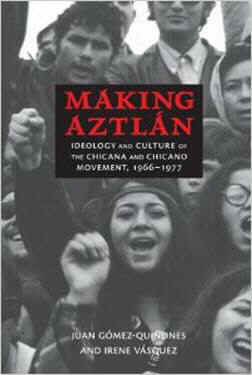
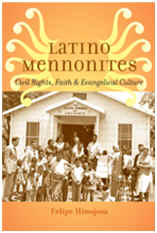
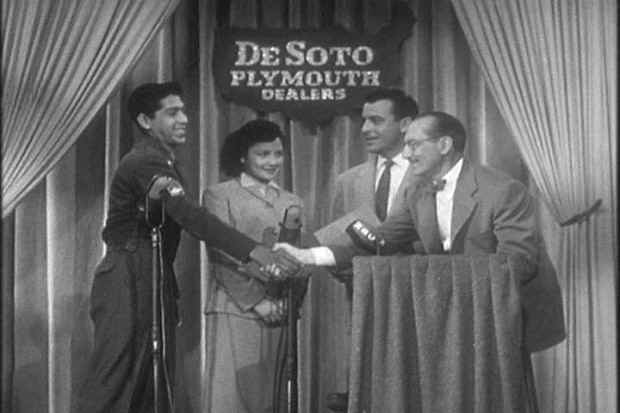
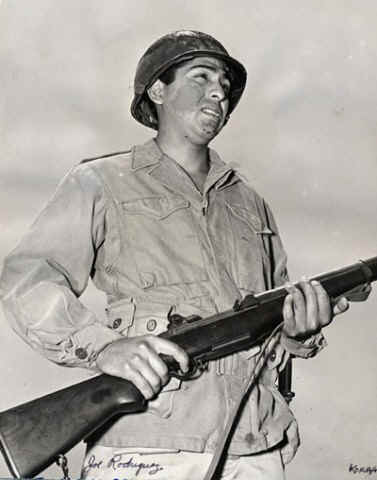
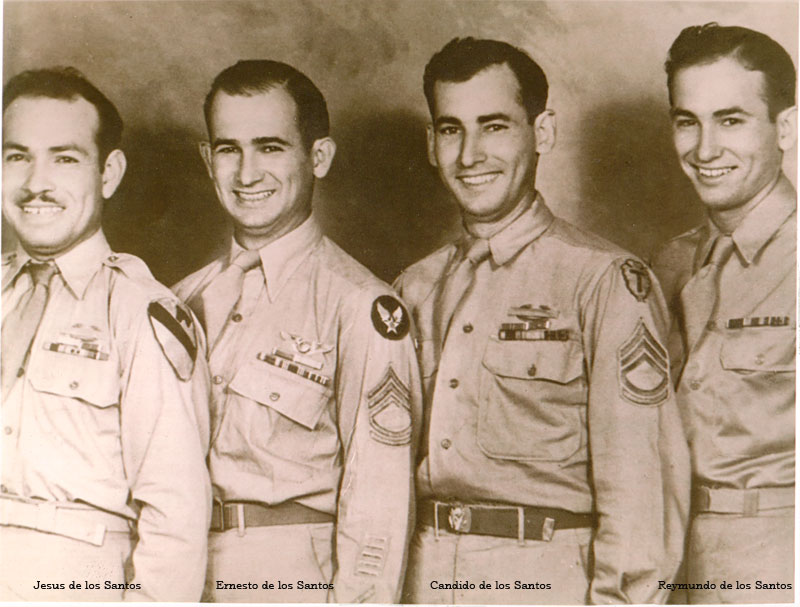
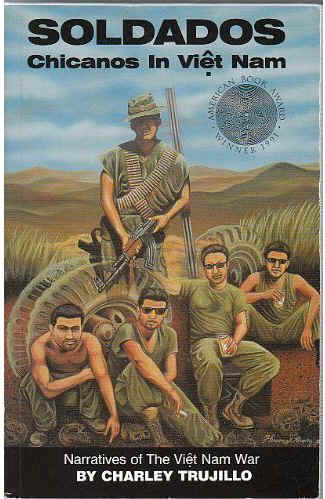

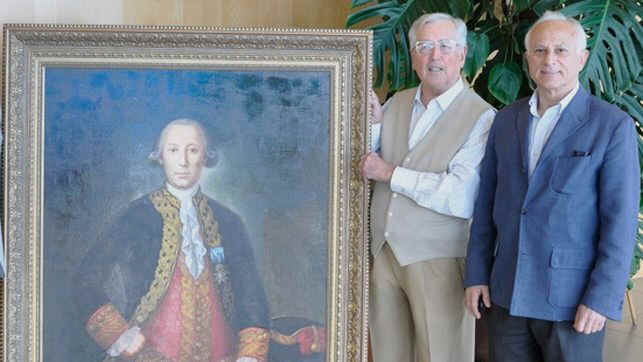
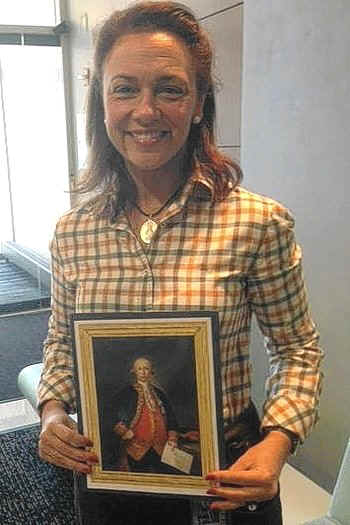

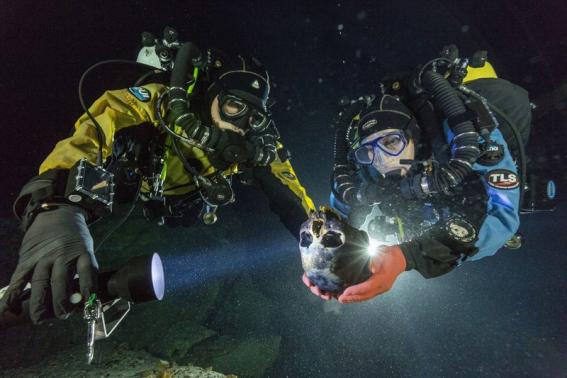

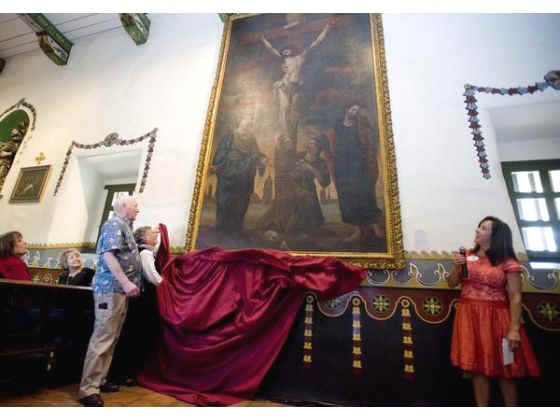
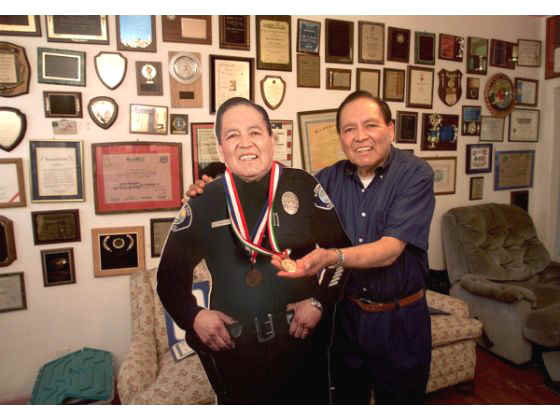
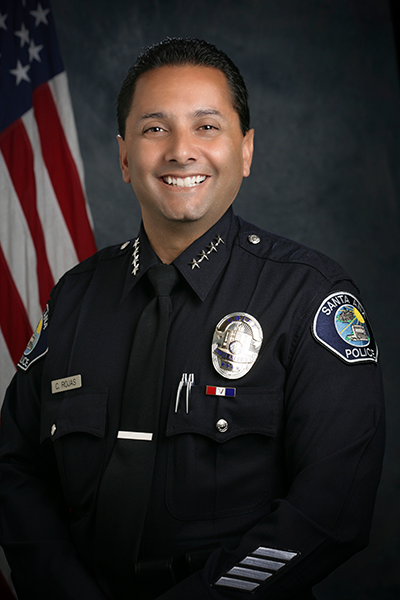
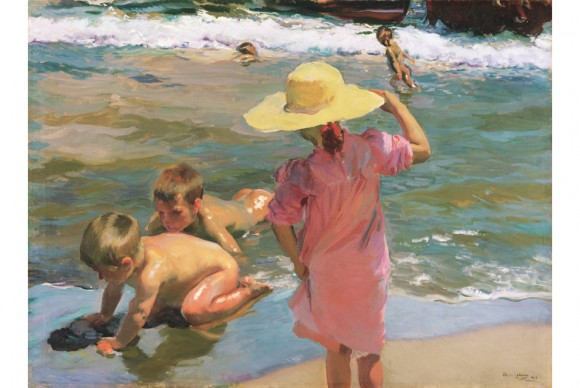
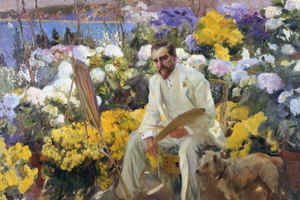
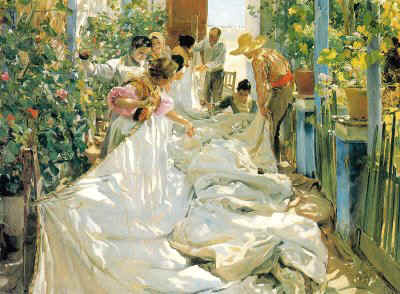
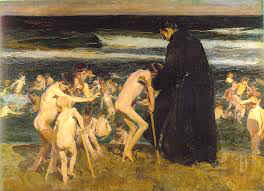 In Triste Herencia he saw the disabled
children at a Valencia beach and painted them. He actually did four
paintings on social realism because he painted what he saw. But these
topics really saddened him,” said Pons-Sorolla, in a telephone
interview from her home in Madrid.
In Triste Herencia he saw the disabled
children at a Valencia beach and painted them. He actually did four
paintings on social realism because he painted what he saw. But these
topics really saddened him,” said Pons-Sorolla, in a telephone
interview from her home in Madrid.
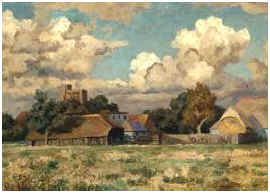 “He didn’t want to continue to paint a sad and dark Spain.
He wanted to paint the other Spain, filled beauty and joy. He
wanted to be ambassador of Spain’s undiscovered natural treasures;
its beaches, landscapes, history and people. So he
decided to stop painting sad, gloomy scenes,” she said.Whether it
was the tint of a cloud or sunlight on the
Mediterranean, Sorolla brushwork captured them as easily as
the nuances of the people in his portraits. By 1900, Sorolla
works had been exhibited in Madrid, Paris, Venice, Munich,
Berlin and Chicago. The exposure brought Sorolla international fame.
Archer Milton Huntington, founder of The Hispanic Society
“He didn’t want to continue to paint a sad and dark Spain.
He wanted to paint the other Spain, filled beauty and joy. He
wanted to be ambassador of Spain’s undiscovered natural treasures;
its beaches, landscapes, history and people. So he
decided to stop painting sad, gloomy scenes,” she said.Whether it
was the tint of a cloud or sunlight on the
Mediterranean, Sorolla brushwork captured them as easily as
the nuances of the people in his portraits. By 1900, Sorolla
works had been exhibited in Madrid, Paris, Venice, Munich,
Berlin and Chicago. The exposure brought Sorolla international fame.
Archer Milton Huntington, founder of The Hispanic Society![[maria+at+la+granja.jpg]](soroallaladywhite.jpg)
